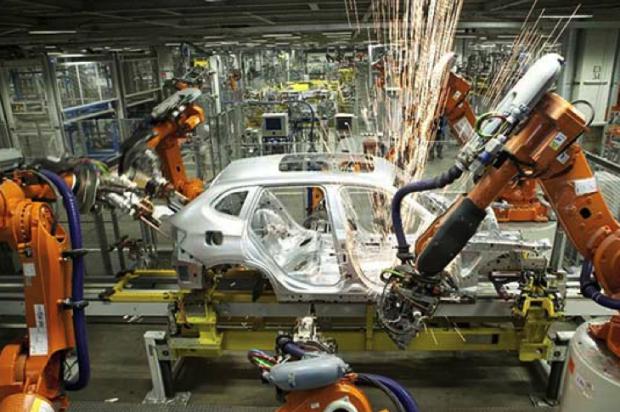
Breaking News
 $26M Frozen on Blockchain - With One Click
$26M Frozen on Blockchain - With One Click
 Italy are on national strike shutdown rejecting digital enslavement...
Italy are on national strike shutdown rejecting digital enslavement...
 The following U.S. states are currently using the rebranded "Reporty Homeland Security" so
The following U.S. states are currently using the rebranded "Reporty Homeland Security" so
 NATO Chief Urges Europe To Prepare For Long-Term World War With Russia, China, Iran & North Korea
NATO Chief Urges Europe To Prepare For Long-Term World War With Russia, China, Iran & North Korea
Top Tech News
 HUGE 32kWh LiFePO4 DIY Battery w/ 628Ah Cells! 90 Minute Build
HUGE 32kWh LiFePO4 DIY Battery w/ 628Ah Cells! 90 Minute Build
 What Has Bitcoin Become 17 Years After Satoshi Nakamoto Published The Whitepaper?
What Has Bitcoin Become 17 Years After Satoshi Nakamoto Published The Whitepaper?
 Japan just injected artificial blood into a human. No blood type needed. No refrigeration.
Japan just injected artificial blood into a human. No blood type needed. No refrigeration.
 The 6 Best LLM Tools To Run Models Locally
The 6 Best LLM Tools To Run Models Locally
 Testing My First Sodium-Ion Solar Battery
Testing My First Sodium-Ion Solar Battery
 A man once paralyzed from the waist down now stands on his own, not with machines or wires,...
A man once paralyzed from the waist down now stands on his own, not with machines or wires,...
 Review: Thumb-sized thermal camera turns your phone into a smart tool
Review: Thumb-sized thermal camera turns your phone into a smart tool
 Army To Bring Nuclear Microreactors To Its Bases By 2028
Army To Bring Nuclear Microreactors To Its Bases By 2028
 Nissan Says It's On Track For Solid-State Batteries That Double EV Range By 2028
Nissan Says It's On Track For Solid-State Batteries That Double EV Range By 2028
Chinese Factory Replaces 90% Of Human Workers With Robots, Sees 250% Production Increase

One of China's first unmanned factories in the city of Dongguan recently replaced 590 of its workers with robots and the results were astounding. While the factory used to be run by 650 employees, only 60 of those people still work at the factory and their primary job is to make sure the machines are running properly, not working on manufacturing.
The Changying Precision Technology Company focuses on the production of mobile phones and uses automated production lines. The robotic arms produce certain parts of the mobile phones at each station and the factory even makes use of autonomous transport trucks.
Though 60 is a shocking amount of people to be running and monitoring a whole factory, the trial for the robots is going so well that the general manager, Luo Weiqiang, said that the number of human employees may even drop to 20 someday.
Since the shift to robots, pieces per person per month has risen from 8,000 to 21,000—a whopping 250% increase. While some may argue that quality of the product will decrease with the use of robots, this doesn't appear to be the case either. The number of product defects has decreased from 25% to just 5%.

 Carbon based computers that run on iron
Carbon based computers that run on iron

